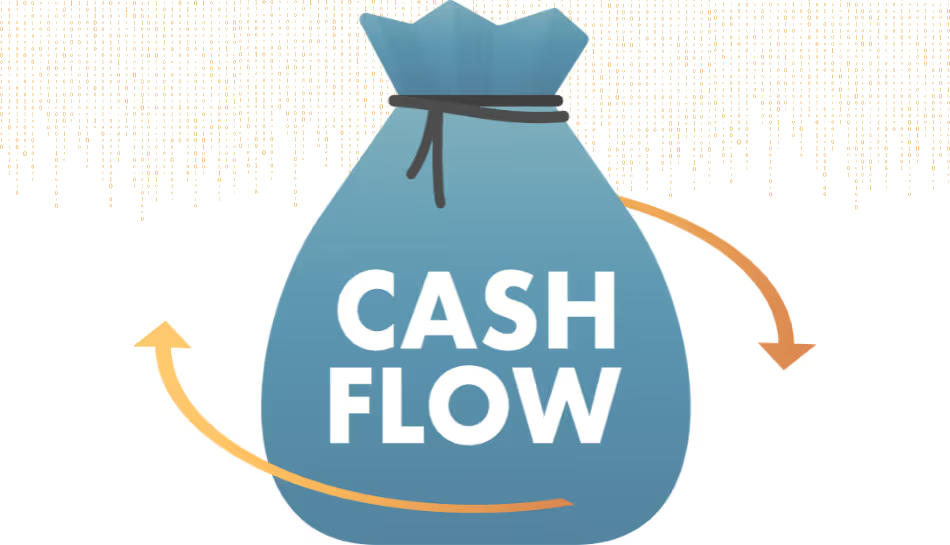
Managing money is at the heart of running any business. While profit and loss figures tell you whether a company is making money, they don’t show the full picture of how cash is moving in and out. In this situation, a cash flow statement is useful. It is one of the most important types of financial statements used by businesses, alongside the balance sheet and income statement.
Cash Flow Statement Definition
The cash flow statement definition is simple: it is a financial report that shows the actual inflows and outflows of cash during a specific period, usually a month, quarter, or year. In other words, if you’ve ever wondered what is the meaning of cash flow statement, it’s basically a report that answers the question “Where did the money come from, and where did it go?”
Unlike profit figures, which include items like credit sales or non-cash expenses, the cash flow statement sticks to real cash transactions. This makes it one of the most reliable indicators of a company’s financial health.
Features of Cash Flow Statement
Some key features of cash flow statement include:
- It focuses only on cash and cash equivalents.
- It helps identify whether a company can generate enough cash to fund operations and pay obligations.
- It highlights the liquidity position of a business.
- It serves as a tool for short-term financial planning.
Because of these features, investors and business owners rely heavily on this report to assess financial stability.
Cash Flow Statement Format
The cash flow statement format is standardized so businesses and investors can easily interpret it. It usually breaks down into three main sections:
- Operating Activities – This part shows the cash generated or used in core business operations. It includes items like cash received from customers, payments to suppliers, and salaries paid to employees.
- Investing Activities – This covers money spent or earned from investments in assets. For example, purchasing machinery or selling property would fall under this section.
- Financing Activities – This section records cash flow from borrowing, repaying loans, issuing shares, or paying dividends.
The closing balance in the cash flow statement reconciles with the cash balance shown in the balance sheet, ensuring consistency across types of financial statements.
Types of Cash Flow Statement
There are two types of cash flow statement based on how the operating activities section is prepared:
- Direct Method – Lists all major cash receipts and payments during the period, such as cash from customers or cash paid to suppliers. This method is straightforward but requires detailed records.
- Indirect Method – Starts with the net profit from the income statement and then adjusts it for non-cash items and changes in working capital. This method is more common in practice because it connects profit with cash position.
Both methods eventually show the same cash result, but the presentation differs.
Cash Flow Statement Explained Simply
To understand the cash flow statement meaning, imagine running a small shop. You may have made sales worth ₹1,00,000 in a month, but if ₹60,000 of that is still unpaid on credit, your actual cash in hand is only ₹40,000. Meanwhile, if you paid ₹30,000 to suppliers and ₹5,000 for rent, you are left with just ₹5,000 at the end of the month.
That’s the essence of a cash flow statement explained in simple terms. It tracks actual money, not just promises of payment or accounting entries.
Why It Matters
A business can show profits on paper but still face cash shortages that make it hard to pay employees or suppliers. The cash flow statement prevents this blind spot by giving clarity. It’s especially valuable for:
- Business owners, who need to ensure they have enough liquidity to keep operations running.
- Investors, who want to know if a company generates enough cash to expand and reward shareholders.
- Banks and lenders, who evaluate repayment capacity before granting loans.
Final Thoughts
The cash flow statement is more than just numbers on a page, it’s a clear window into the lifeblood of a business. By analyzing operating, investing, and financing activities, companies can understand their financial strength and plan for the future.
So the next time someone asks you what is a cash flow statement, you can explain that it’s the report that reveals the truth about a company’s actual cash position… a vital part of all types of financial statements.

